Fighting for Women’s Rights
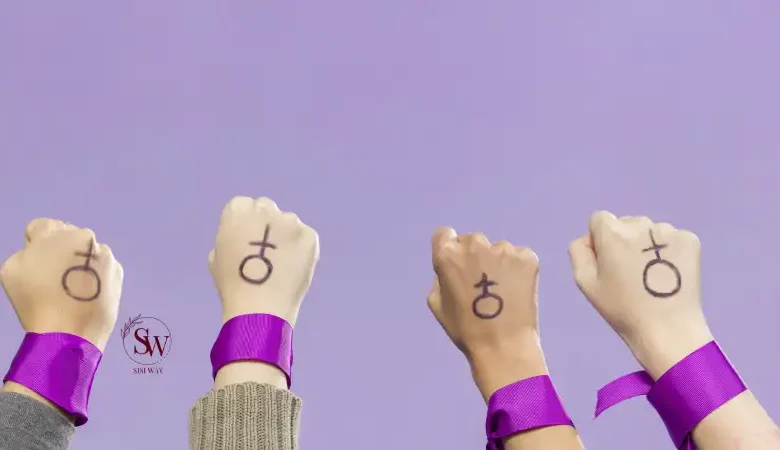
women’s fights for rights
In a world where progress and change are constant, one cause remains at the forefront of social movements: fighting for women’s rights. For centuries, women have faced discrimination, inequality, and systemic barriers that have limited their opportunities and stifled their potential. However, throughout history, courageous individuals and collective movements have risen to challenge the status quo, advocating for gender equality and paving the way for a more just and inclusive society. In this article from sisiway, we will explore the ongoing battle for women’s rights, the achievements made thus far, and the work that still lies ahead.
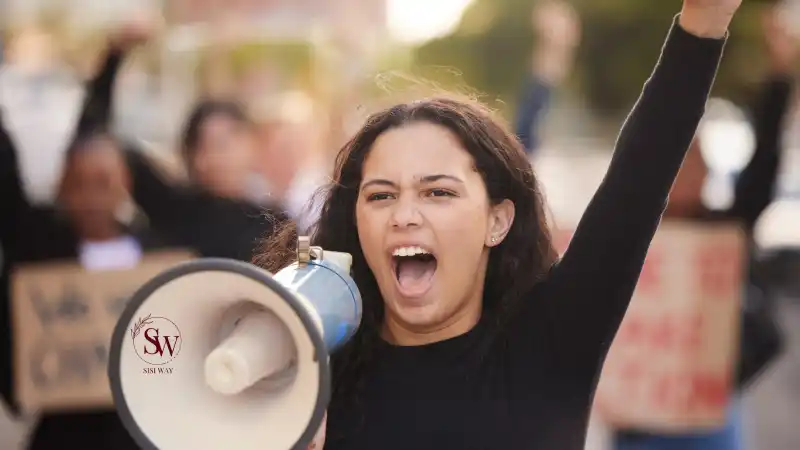
Historical Perspective of fighting for women’s rights
The struggle for women’s rights has deep historical roots, dating back to the early feminist movements in the late 19th and early 20th centuries. Women activists fought for fundamental rights such as suffrage, reproductive rights, and access to education and employment. These pioneers laid the foundation for future generations, inspiring a global wave of feminism that continues to gain momentum today.
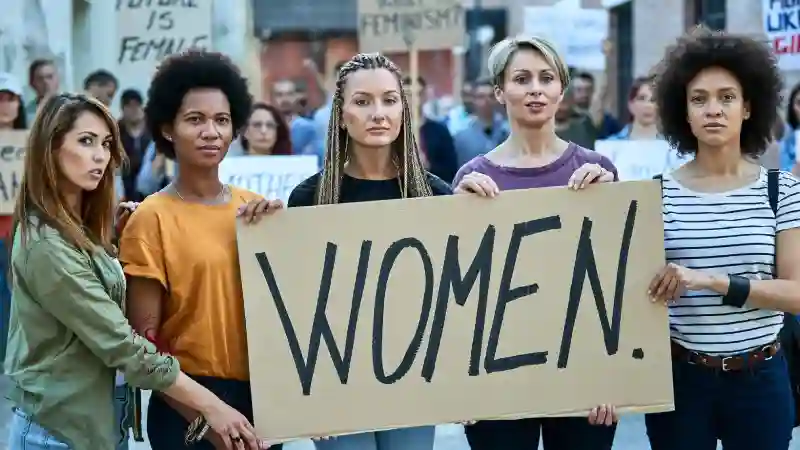
Key Achievements of women’s rights movement
Over the years, remarkable progress has been made in advancing women’s rights and also fighting for women’s rights. The fight for suffrage resulted in women gaining the right to vote in many countries. The access to education and employment opportunities has expanded significantly, allowing women to pursue their aspirations and contribute to various fields. Legislation has been implemented to protect women from gender-based violence and harassment. Additionally, reproductive rights have been championed, providing women with control over their own bodies and reproductive choices.
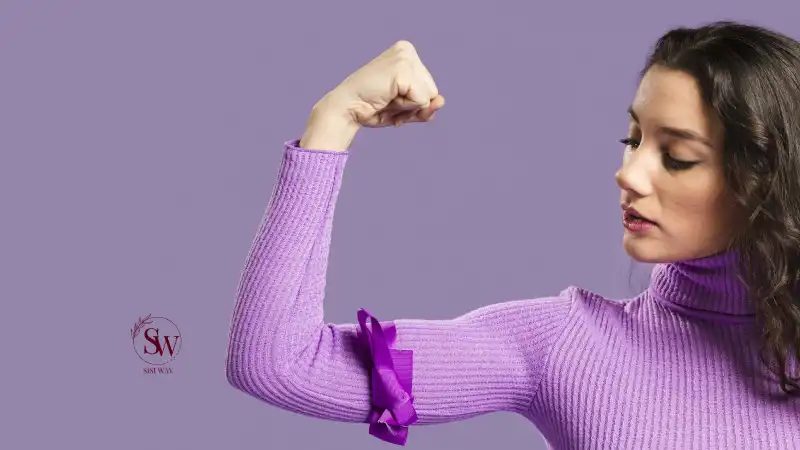
Ongoing Challenges of women’s rights
Despite these significant achievements, the struggle for women’s rights is far from over. Gender disparities persist in various aspects of life, including pay equity, leadership positions, and representation in decision-making bodies. Violence against women remains prevalent, with issues such as domestic abuse, sexual assault, and human trafficking still plaguing societies worldwide. Intersectionality, recognizing the unique challenges faced by women of different racial, ethnic, and socio-economic backgrounds, is increasingly being acknowledged as an important aspect of the fight for women’s rights.
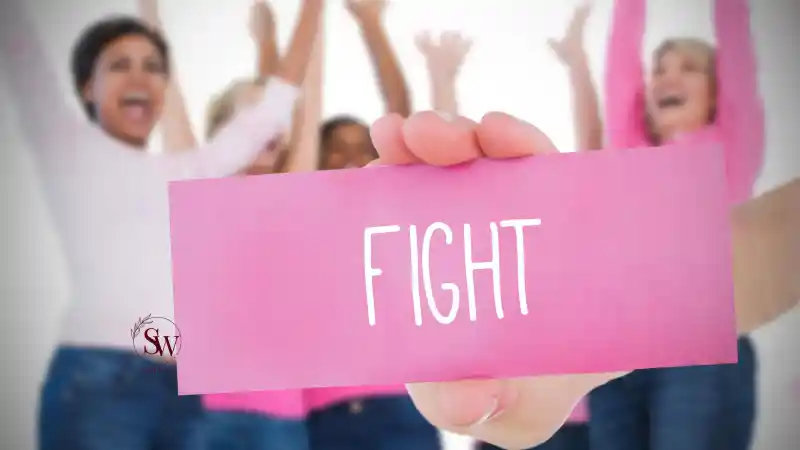
While significant strides have been made in the fight for women’s rights, there are still ongoing challenges that need to be addressed. These challenges include:
Gender-Based Violence
Gender-based violence remains a pervasive issue globally. Women continue to face various forms of violence, including domestic violence, sexual assault, harassment, and human trafficking. Efforts to raise awareness, strengthen legal frameworks, provide support services for survivors, and challenge societal attitudes are crucial in combating this issue.
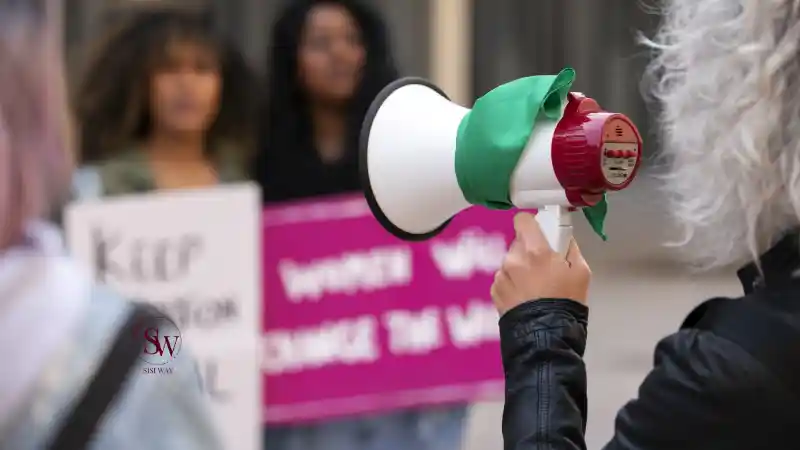
Pay Equity and Economic Empowerment
Achieving pay equity and economic empowerment for women is an ongoing challenge. Women still face wage gaps, occupational segregation, and limited access to economic opportunities. Structural and systemic barriers need to be addressed to ensure equal pay for equal work, promote women’s entrepreneurship, and provide support for career advancement.
Leadership and Political Representation
Women’s representation in leadership and political roles remains low in many countries. Barriers such as gender bias, discrimination, and limited access to resources and networks hinder women’s participation. Efforts to promote women’s political empowerment, increase their representation in decision-making bodies, and challenge gender stereotypes are needed.
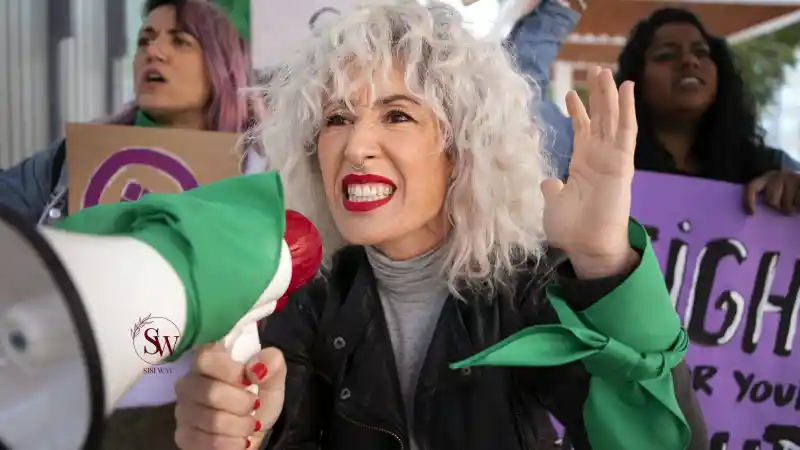
Reproductive Rights
Reproductive rights continue to face challenges globally. Access to comprehensive sexual and reproductive health services, including contraception and safe abortion, is limited in some regions due to legal restrictions, stigma, and lack of healthcare infrastructure. Advocacy for reproductive rights and comprehensive sex education is crucial in ensuring women’s autonomy and well-being.
Intersectionality and Inclusivity
Intersectionality, recognizing the overlapping systems of oppression that affect women with diverse identities, remains a challenge. Women from marginalized communities, such as women of color, LGBTQ+ women, women with disabilities, and indigenous women, face intersecting forms of discrimination and inequality. Efforts to center and amplify their voices, address their unique challenges, and ensure inclusivity within the women’s rights movement are essential.
Cultural and Social Norms
Deep-rooted cultural and social norms that perpetuate gender inequality pose ongoing challenges. Traditional gender roles, harmful stereotypes, and discriminatory practices limit women’s opportunities and reinforce gender-based discrimination. Challenging these norms through education, awareness campaigns, and community engagement is necessary for long-term change.
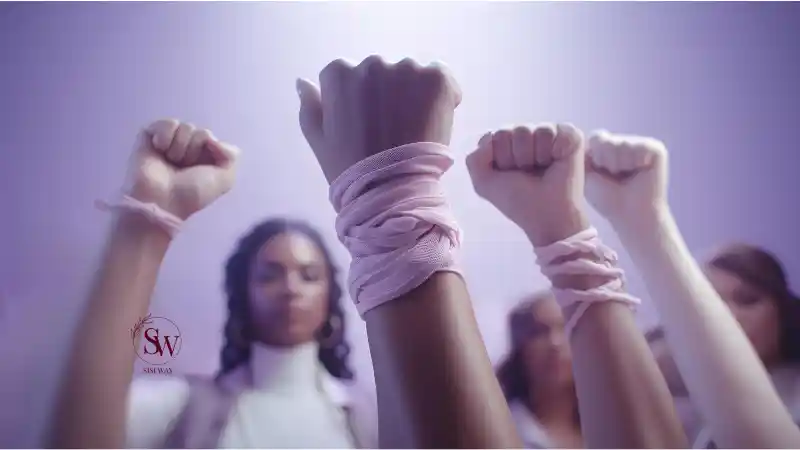
Access to Education
While progress has been made in improving girls’ access to education, disparities still exist, particularly in marginalized communities and conflict-affected regions. Barriers such as poverty, child marriage, cultural norms, and lack of resources hinder girls’ education. Efforts to ensure universal access to quality education for girls, promote STEM education, and address gender bias within educational systems are ongoing challenges.
Health and Well-being
Women’s health and well-being face ongoing challenges, including limited access to healthcare services, maternal mortality, reproductive health issues, and gender-specific health concerns. Efforts to improve healthcare infrastructure, address gender disparities in healthcare access, and promote comprehensive healthcare services for women are crucial.
Read more: What is a Dangerous Heart Rate for a Woman?
Online Harassment and Cyber Violence
The rise of digital platforms has brought new challenges, including online harassment and cyber violence against women. Women face threats, abuse, and discrimination in online spaces, which can have significant impacts on their well-being and participation. Addressing online harassment, promoting digital safety, and fostering inclusive and respectful online environments are ongoing priorities.
Backlash and Resistance
The fight for women’s rights often faces backlash and resistance from conservative forces that seek to maintain traditional gender roles and power dynamics. Countering resistance, challenging regressive policies, and building alliances and solidarity across movements are crucial in advancing women’s rights.
Addressing these ongoing challenges requires sustained effort, collaboration, and a commitment to gender equality. It is essential to continue advocating for policy reforms, raising awareness, supporting grassroots movements, and fostering inclusive spaces that empower women and girls to exercise their rights and contribute to a more equitable society.

The Role of Activism
Throughout history, activism and grassroots movements have been instrumental in driving change for women’s rights. From the suffragettes’ brave protests to modern-day social media campaigns, activists have raised awareness, sparked conversations, and challenged societal norms. Movements like #MeToo and #TimesUp have shed light on the prevalence of sexual harassment and assault, leading to a collective call for change. Grassroots organizations and nonprofits are working tirelessly to advocate for women’s rights, providing support, resources, and platforms for women to share their stories and demand equal treatment.
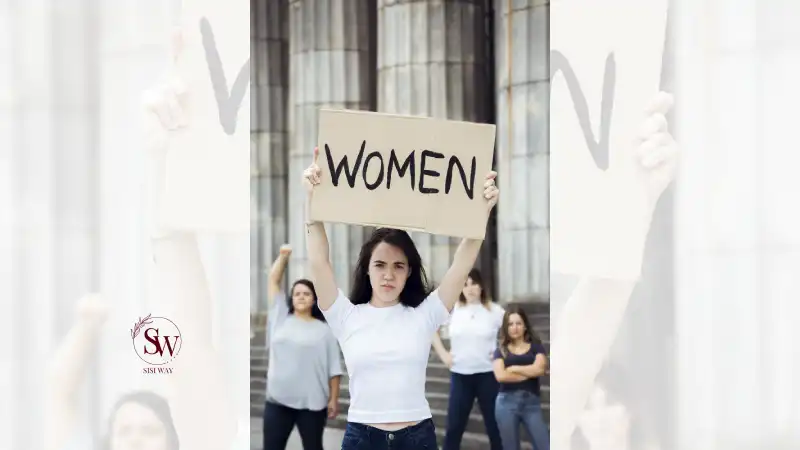
Looking Ahead of fight for women’s rights
As we move forward, it is crucial to continue the fight for women’s rights on multiple fronts. Education and awareness are vital in challenging gender stereotypes and biases that perpetuate inequality. Advocacy for policy reforms that promote gender equality must remain a priority. It is essential to amplify the voices of marginalized women and ensure their inclusion in decision-making processes. Empowering women economically, politically, and socially will contribute to a more equitable and prosperous society for all.
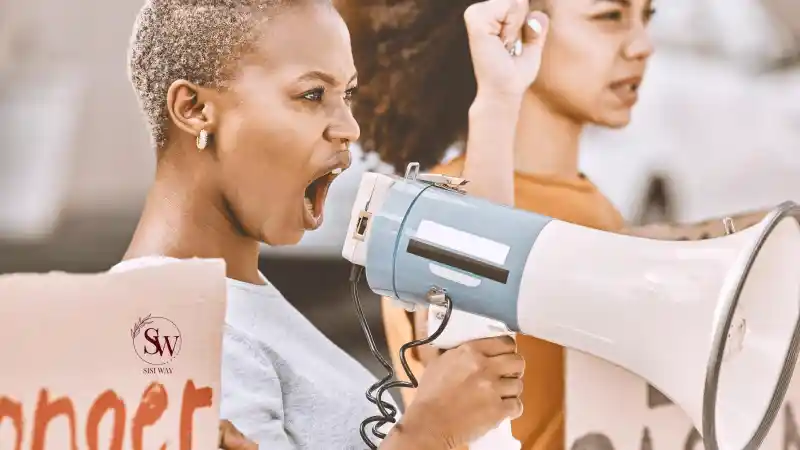
As we look ahead in the fight for women’s rights, there are several key areas that require attention and action:
Policy Reforms
Continued advocacy for policy reforms is essential to address the systemic barriers that perpetuate gender inequality. This includes enacting and enforcing laws that promote pay equity, combat gender-based violence, protect reproductive rights, and ensure equal opportunities in education and employment.
Education and Awareness
Education and awareness are powerful tools in challenging gender stereotypes and biases. Comprehensive and inclusive education on gender equality, consent, and healthy relationships should be integrated into school curricula. Media literacy programs can help individuals critically analyze and challenge harmful portrayals of women and promote positive representations.
Economic Empowerment
Promoting economic empowerment for women is vital. This involves supporting women’s entrepreneurship, ensuring access to capital and resources, and addressing occupational segregation and discrimination in the workplace. Encouraging companies to implement gender-responsive policies and practices can contribute to creating inclusive work environments.
Leadership and Political Participation
Increasing women’s representation in leadership roles and political participation is crucial. Encouraging and supporting women to run for political office, implementing affirmative action measures, and providing leadership training and mentorship opportunities can help break down barriers and promote diverse voices and perspectives.
Engaging Men and Boys
Engaging men and boys as allies in the fight for women’s rights is essential for sustainable change. Promoting positive masculinity, challenging harmful gender norms, and fostering respectful relationships can contribute to creating a more equitable society.
Intersectionality and Inclusivity
Recognizing and addressing the intersecting forms of discrimination that affect women with diverse identities is essential. Efforts should be made to ensure inclusivity and representation of marginalized women, including women of color, LGBTQ+ women, women with disabilities, and indigenous women, in decision-making processes and leadership roles.
International Collaboration
Global collaboration is crucial to advancing women’s rights. Governments, civil society organizations, and international bodies must work together to share best practices, exchange knowledge, and coordinate efforts to address cross-border issues such as human trafficking, violence against women, and women’s economic empowerment.
Technology and Digital Spaces
Harnessing the power of technology and addressing digital gender divides is essential. Ensuring women’s access to digital platforms, promoting digital literacy, and addressing online harassment and cyber violence against women are important steps in creating safer and more inclusive digital spaces.
Menstrual Equity
Addressing the issue of menstrual equity is an important aspect of women’s rights. Promoting access to affordable and hygienic menstrual products, advocating for policies that address period poverty, and challenging menstrual stigma are crucial steps towards ensuring menstrual health and dignity for all.
Strengthening Movements and Solidarity
Building strong and inclusive movements and fostering solidarity among diverse groups is vital. Collaboration between women’s rights organizations, grassroots movements, and other social justice movements can amplify voices, share resources, and create collective power for change.
By focusing on these areas and continuing to advocate for gender equality, we can create a future where women and girls have equal rights, opportunities, and freedoms. The fight for women’s rights is an ongoing journey, and it requires the commitment and collective effort of individuals, communities, organizations, and governments to build a more just and inclusive world for all.
Conclusion
The fight for women’s rights is a journey that requires continuous dedication and collective effort. It is a fight for justice, equality, and dignity for every woman and girl around the world. As we celebrate the progress made, let us also recognize the work that lies ahead. By standing together, raising our voices, and challenging the structures that uphold inequality, we can create a future where every woman is empowered to realize her full potential and where gender equality is not only a dream but a reality.



